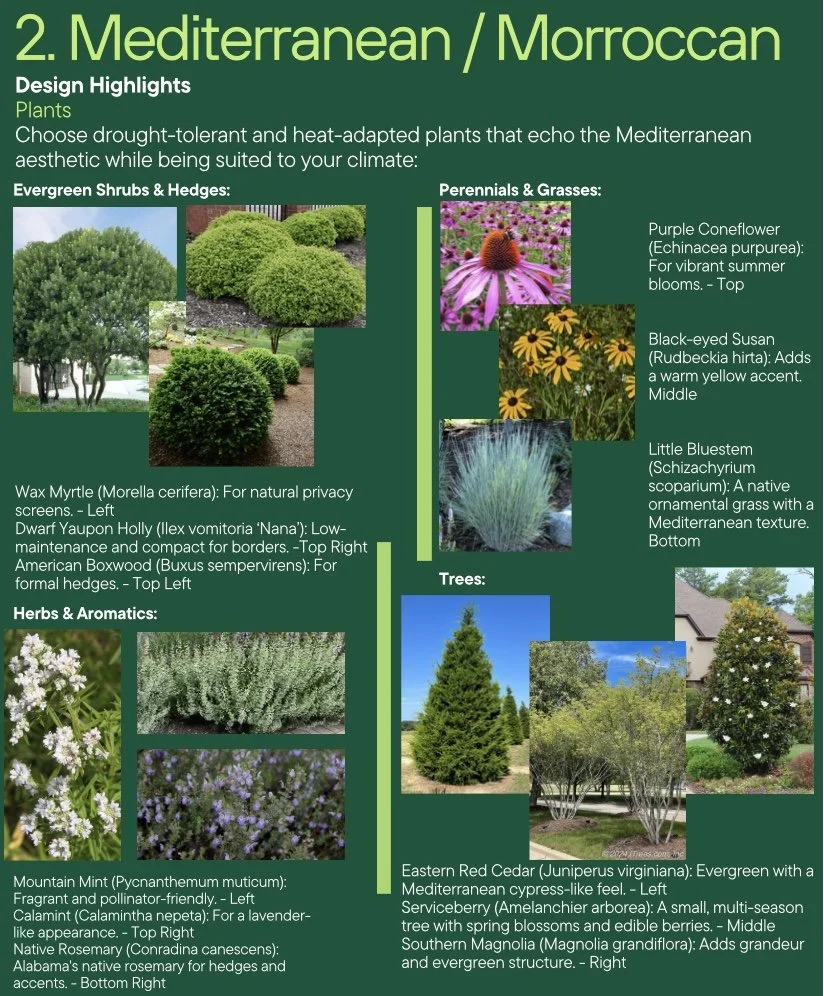The Art of Crafting a Landscape Design Proposal
Creating a landscape design proposal is both an art and a science. It’s about blending technical knowledge with creativity while ensuring the design aligns with the client’s needs, preferences, and lifestyle. Let’s walk through the process step by step, from the initial questionnaire to the final tweaks that make the design truly shine.
1. The Questionnaire: Gathering Essential Insights
Every successful project starts with understanding the client. A detailed questionnaire serves as a roadmap, helping to uncover the client’s preferences, goals, and vision for their outdoor space. This can include questions like:
What is the primary purpose of your outdoor space (e.g., entertaining, gardening, relaxation)?
Are there any specific plants or design styles you love or dislike?
Do you have a budget or timeline in mind?
This initial step ensures that the design process is grounded in the client’s desires and practical constraints.
2. The Consultation: Building a Connection
The next step is a face-to-face or virtual consultation. This is where we dive deeper into the questionnaire responses, asking follow-up questions and exploring their lifestyle, hobbies, and family needs. It’s also an opportunity to set expectations about the design process and timeline.
During the consultation, I aim to make clients feel heard and valued, laying the foundation for a collaborative relationship.
3. Analyzing the Site and Client Personality
A successful design is one that complements both the site and the people who will use it. I visit the property to assess:
Existing features like trees, slopes, and hardscaping.
Sunlight and shade patterns throughout the day.
The architectural style of the home.
At the same time, I consider the client’s personality and lifestyle. Are they bold and adventurous, or do they lean toward minimalism and calm? These observations help shape a design that feels authentic and livable.
4. Exploring Design Directions
With the gathered information, I brainstorm two or three potential design directions. These might range from:
Rustic & Relaxed: Native plants, natural stone pathways, and a focus on biodiversity.
Modern & Minimalist: Clean lines, geometric plantings, and low-maintenance features.
Whimsical & Playful: Winding paths, vibrant flowers, and unique focal points like a garden sculpture.
These options are tailored to the client’s preferences while showcasing different possibilities for their space.
5. Presenting the Proposal
I create a comprehensive design proposal that includes:
A mood board
A plant list with visual references.
Details on materials and features (e.g., seating areas, pathways, lighting).
A cost estimate for installation (if applicable).
During the presentation meeting, I walk the client through each element, explaining how it ties back to their initial goals.
6. Gathering Feedback
This phase is all about collaboration. I encourage clients to share what they love, what they’re unsure about, and what they’d like to see adjusted. Feedback can range from really narrowing in on design features, i.e. must-haves, to completely scrapping the design styles I have proposed and going in a different direction to better suit what they are looking for.
7. Refining the Proposal
With client feedback in hand, I refine the proposal to ensure it resonates with their vision. This step is often the most rewarding, as it transforms the initial concept into a design that feels personal and complete.
This final version serves as a blueprint for creating a space the client will cherish for years to come.
The Final Result: A Tailored Landscape Design
The design proposal process is as much about listening and collaboration as it is about creativity and expertise. By guiding clients through each step—from questionnaire to final tweaks—I ensure the finished design feels like an extension of their home and personality.
Ready to transform your outdoor space? Let’s start the conversation and bring your dream landscape to life!









